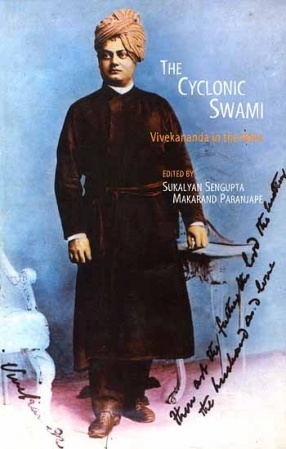
Makarand Paranjape

Showing all 9 books
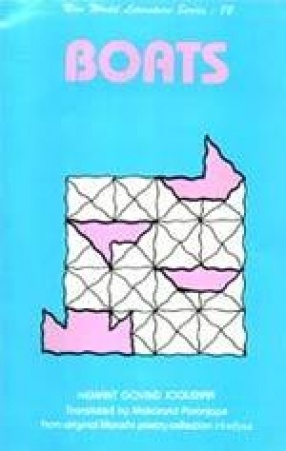
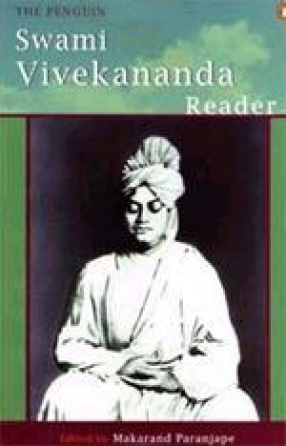
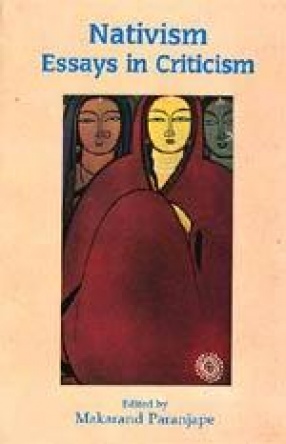
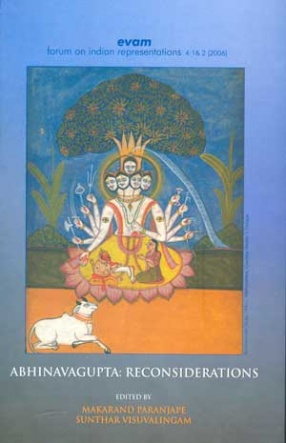

The Cyclonic Hindu is how Swami Vivekananda was described in one of the many newspaper reports that appeared after his stunning debut at the Parliament of Religions in 1893. Swamiji himself mentions this in his letter of 15 March 1894 to the hale sisters and also in an undated letter swami Ramakrishnananda in early 1894. In the Later he observes, " I am an instrument and he is the operator. Though this instrument he is rousing the religious instinct in ...

Hemant Govind Joglekar's poetry is characterized by a delicate Iyricism, self-reflexive innocence, and freshness of imagery. These qualities made Boats instantly appealing to Marathi readers. The title poem won the Maharashtra Times poetry competition and the collection itself was awarded the Keshavsut Prize for the best poetry collection of the year 1982-1983. Joglekar was also selected as the poet of the decade by the editors of the anthology Kavita ...

A Peculiar feature of the classical aesthetic thought in India has been the emphasis on the art experience as a special state of being, defined not so much by saundarya or beauty as by ananda or beatitude. Yet, saundarya has been a crucial ingredient in the aesthetic experience, prevalent not only in traditional are objects but also in articles of daily life. The discourse of saundarya, as distinct from its experience, was however conducted by or on behalf of the ...

On 11 September 1893, Swami Vivekananda (1863-1902) made his first public appearance on the world stage as a last-minute, uninvited participant at the Parliament of Religions in Chicago. There he proclaimed his message of tolerance and universal acceptance in the name of millions and millions of Hindu people of all classes and sects’. Speaking against sectarianism and bigotry, this young speaker in flaming robes sounded the death-knell of all fanaticism. In the ...


Emanating from the bahujan samaj- the majority of ordinary people who make up the plurality of Indian civilization-Nativism is a form of indigenous literary criticism whose agenda can be summed up as a cry for cultural self-respect and autonomy. In the welter of derived and derivative critical theories which confound contemporary Indian cultural studies, nativism is, perhaps, the only home-grown school of criticism to have emerged in post-independence India. In ...
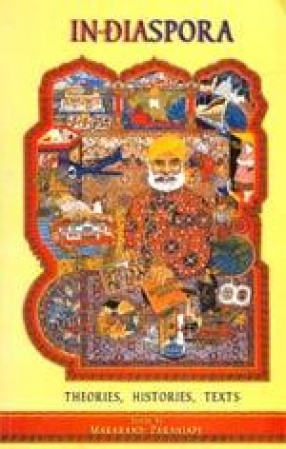
Over the last twenty years or so, it seems as if the Indian diaspora has suddenly come of age. Shedding its minority status, it has demonstrated its inclination for becoming a majority, not in the sense of numerical superiority, but of growing up, maturing, attaining self-apprehension and self-expression. It can now look at itself, the host country, and the homeland, with a critical humor that has not necessarily dulled its passion or lessened the ...

Volume four is an immense cerebral accomplishment on the genious of Abhinavagupta. This special issue of Evam showcases some of the finest scholarship on him carried out over a twenty-year period. This volume contians fresh translations, re-readings and re-assessments of his mammoth contributions to dramaturgy, literary criticism, philosophy and Sanskrit, to name a few, and Abhinavagupts's seminal contributions in shapping them. Some of the essays in this ...
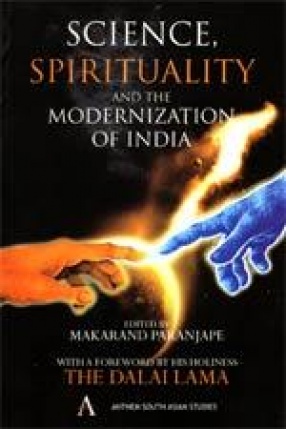
Science, Spirituality and the Modernizations of India explores the lively transaction between science and spirituality during the last 150 years in India. A Major premise of the book is that spirituality played a key role in the construction of Indian modernity. While science has certainly been an agent of modernization in India and other non-Western countries, what makes Indian modernity somewhat special is that spiritual leaders have also been instrumental in ...
